October is the perfect time to bring in some Edgar Allan Poe. Much of Poe’s work is best appreciated by older students, but the elementary students I worked with loved dipping their toes into his mysterious and dark world. No need to dig in too deep.
The Raven is a great starting point for students. Not only does it clearly demonstrate “tone,” but it is a figurative language tour de force.
Getting The Text
Poe’s work is all in the public domain. Grab The Raven at Project Gutenberg, or there’s a free Kindle version on Amazon.
Stanza One
Once upon a midnight dreary, while I pondered, weak and weary,
Over many a quaint and curious volume of forgotten lore,
While I nodded, nearly napping, suddenly there came a tapping,
As of some one gently rapping, rapping at my chamber door.
“‘Tis some visitor,” I muttered, “tapping at my chamber door–
Only this, and nothing more.”
Just this stanza features incredible use of rhythm, meter, rhyme, and alliteration. Remember, all 18 stanzas might overwhelm some!
Rhythm
Rhythm is invisible, yet it’s what makes a poem sound poetic and is often what’s missing from students’ work. Rhythm is simply a pattern of stressed and unstressed syllables:
| DUM | Da | DUM | Da | DUM | Da | DUM | Da |
|---|---|---|---|---|---|---|---|
| Once | up | on | a | mid | night | drea | ry |
In The Raven, every other syllable is stressed. The pattern is nearly identical to Shakespeare’s sonnets, so you could adapt this scaffolded sonnet activity to help students write with Poe’s rhythm. Note that Poe starts lines with a stress, while Shakespeare starts with an unstressed syllable.
Rhyme
The Raven’s rhyme scheme twists and turns, making this a great opportunity to push students’ understandings of a seemingly simple topic.
The ends of lines have the rather unusual rhyme scheme of ABCBBB, but it’s Poe’s internal rhyme that makes the pattern so intriguing. We see “tapping” rhymed with “napping” and “rapping” within lines, not at the end. Here’s a color-coded version:
Once upon a midnight dreary, while I pondered, weak and weary,
Over many a quaint and curious volume of forgotten lore,
While I nodded, nearly napping, suddenly there came a tapping,
As of some one gently rapping, rapping at my chamber door.
“‘Tis some visitor,” I muttered, “tapping at my chamber door—
Only this, and nothing more.”
Line Length
The Raven is mostly broken up into lines of 16 syllables (or eight “feet”). However, eagle eyed students will quickly spot that he deviates from this now and again. Perhaps a lesson to be learned: don’t let structure dictate art.
Each stanzas is made up of five of these 16 syllable lines plus a “half line” of seven syllables.
Refrain
This half line which ends each stanza serves as a refrain, always rhyming with “Nevermore.” Use this as an example of the power of repetition in a poem.
Alliteration
My favorite part of The Raven is the masterful use of alliteration. Typically, students use alliteration as a goofy tool. But Poe uses it to add to the creepy, hypnotic tone of the poem.
- nodded, nearly napping
- rare and radiant
- doubting dreaming dreams… dared to dream
- shorn and shaven
- surcease of sorrow (My favorite: alliteration within a word!)
Take A Listen
If you’re strapped for time, listen to one of these great readings of The Raven by five frightening fellows (all available on Youtube):
- Christopher Lee (remind students that he’s Count Dooku from Star Wars)
- James Earl Jones
- Vincent Price (from memory!)
- Anthony Hopkins
- Christopher Walken
And, of course, The Simpsons’ take on the poem (also narrated by James Earl Jones) at TeacherTube.

